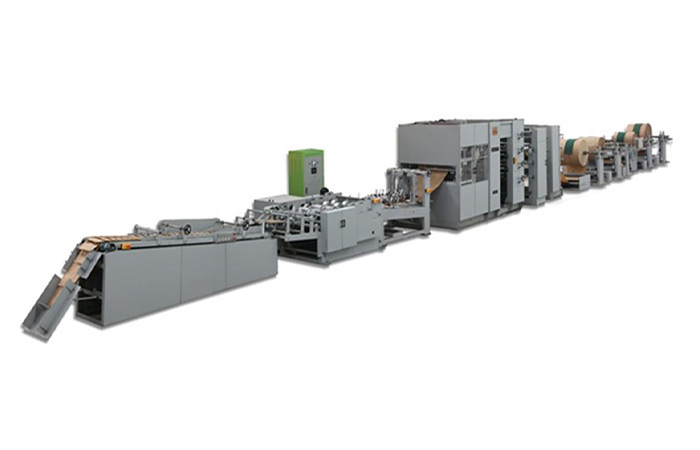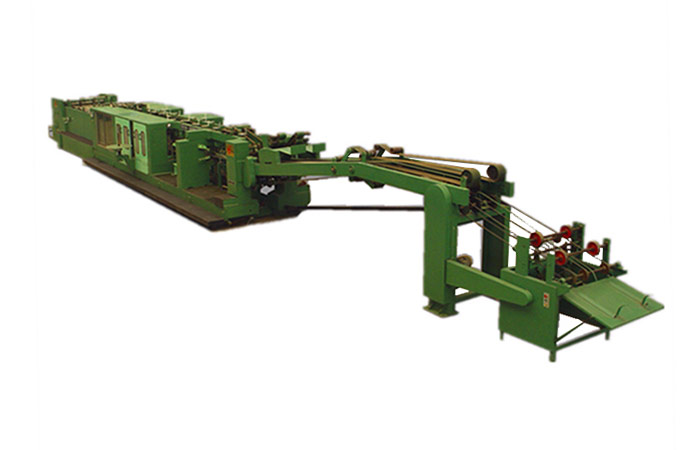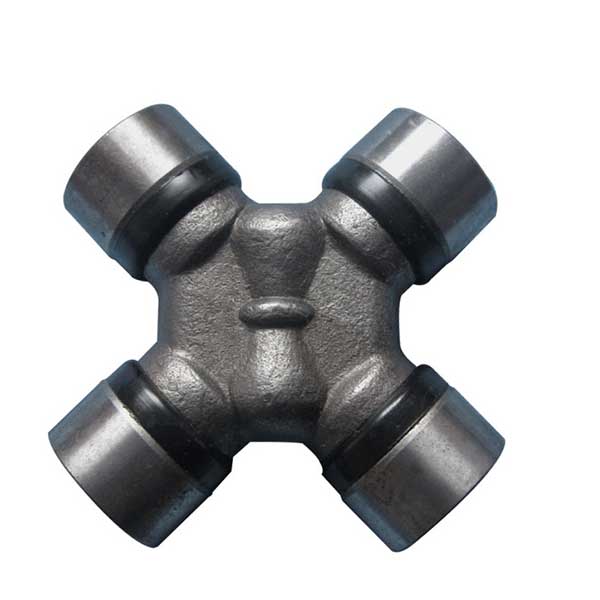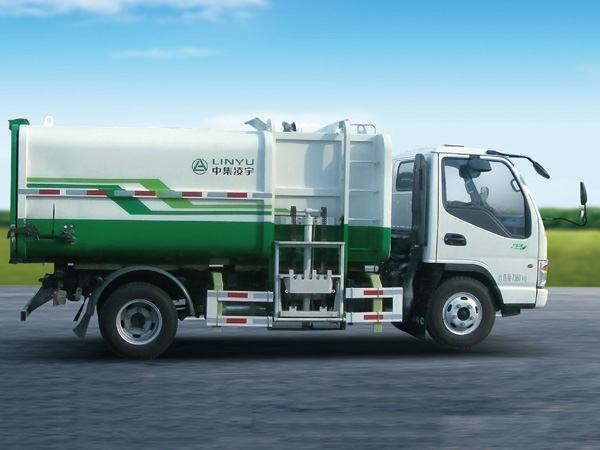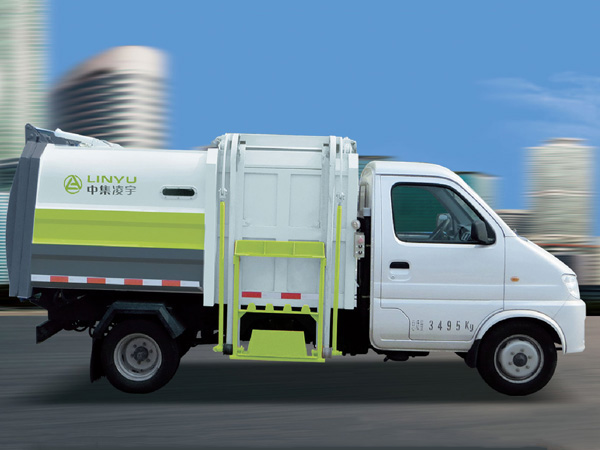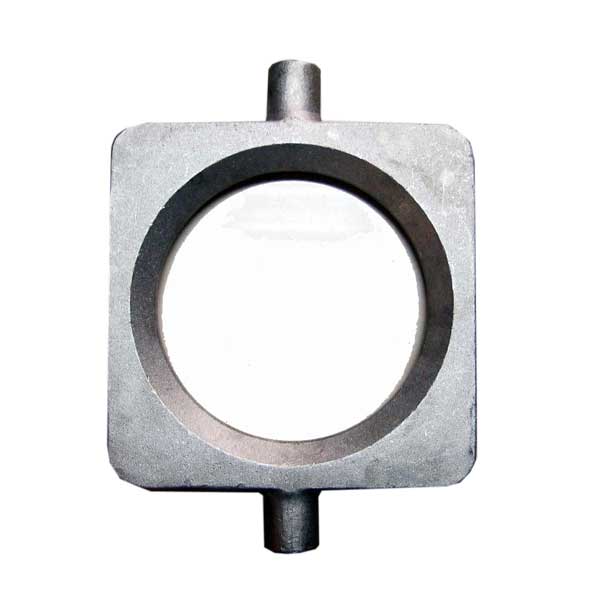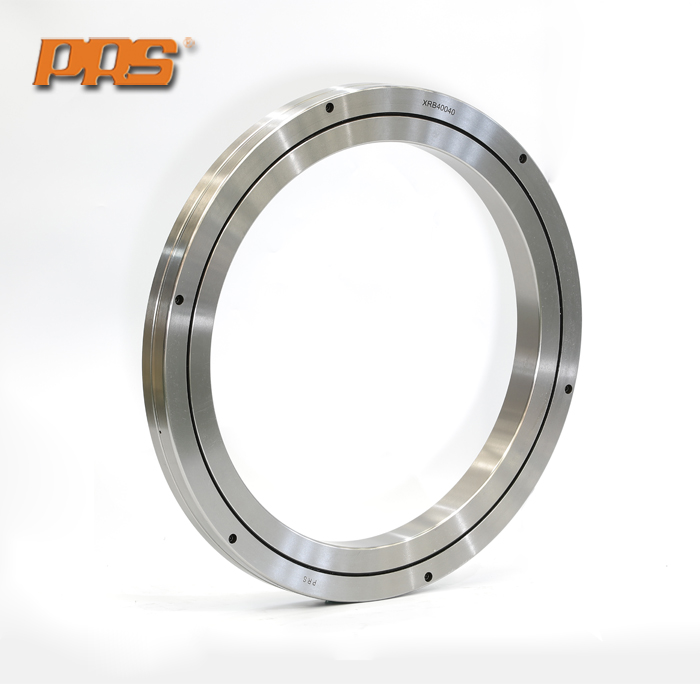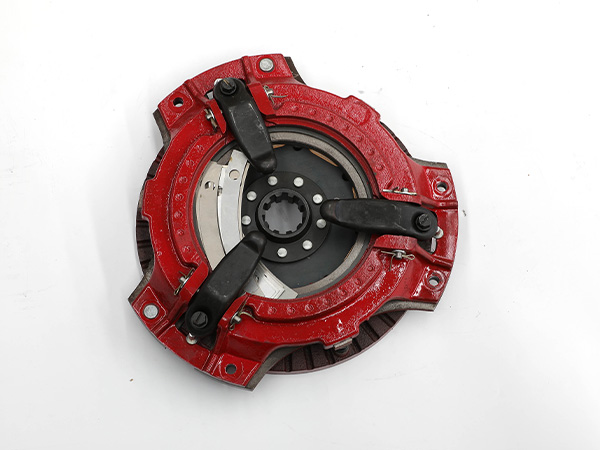The service life of mobile office shelving is generally 30-50 years, and they can be used longer if they are well maintained. Although the replacement of mobile office shelving will not be as fast as small items, you should pay more attention when purchasing and using them. The life of the office shelf is related to its material quality, production process, maintenance method and other factors, so how long is the life of the mobile office shelf?
The service life of mobile office shelving

One of the more important factors about the service life of the mobile office shelf is the manufacturing process and raw material selection of the mobile office shelf purchased by the manufacturer of the mobile office shelf, because we all know that the mobile office shelf is used to store documents, so The mobile office shelf must have a certain load-bearing capacity. If the process or material selection is not good, it will be deformed or bent later. Therefore, when purchasing a mobile office shelf, you must choose a regular manufacturer, so that the life of the mobile office shelf is more guaranteed.
The second more important factor is the maintenance and maintenance of the user during use. Because of the good manufacturing process and material selection of the manufacturer, it is a new start for the mobile office shelf in the hands of the user. The user should avoid exposure to the sun during use. , These parts of the transmission chain should be cleaned regularly. If the office shelf is moved manually, it should also avoid the situation that the chain cannot be rotated due to rust. In addition, it is also necessary to pay attention to fire prevention and moisture resistance. Remember to protect against UV rays.
…
For details, click to visit:https://www.etegreen.com/blog/service-life-of-mobile-office-shelving/

